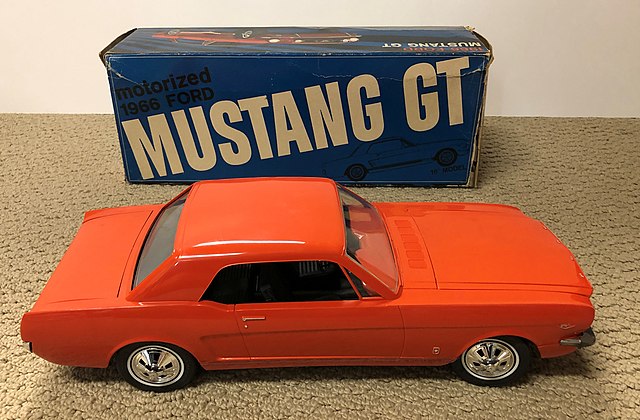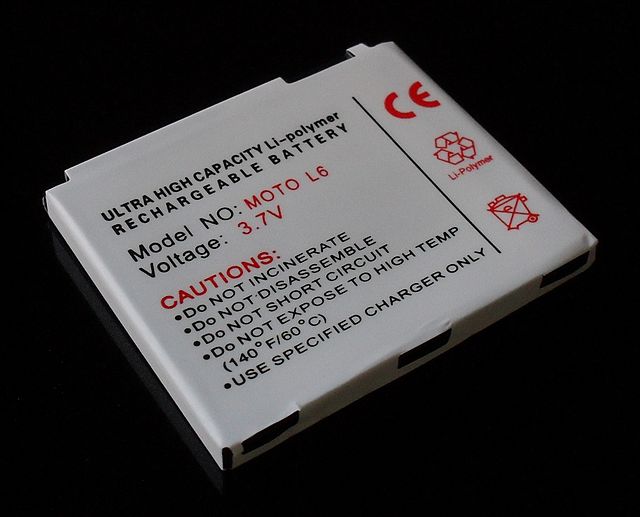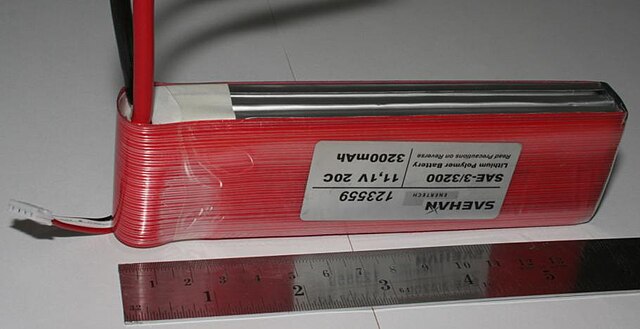Radio-controlled cars, or RC cars for short, are miniature model cars, vans, buses, trucks or buggies that can be controlled from a distance using a specialized transmitter or remote. The term "RC" has been used to mean both "remote controlled" and "radio-controlled". "Remote controlled" includes vehicles that are controlled by radio waves, infrared waves or a physical wire connection. RC cars are powered by one of the three energy sources—electricity, nitro fuel or petrol. Electric RC models are powered by small but powerful electric motors and rechargeable nickel-cadmium (Ni-Cd), nickel metal hydride(NiMH), or lithium polymer (LiPo) cells with the former two being the most used. Both NiMH and LiPo have advantages and disadvantages in various RC applications where NiMH is mainly used for recreational and LiPo for more demanding purposes. There are also brushed or brushless electric motors—brushless motors are more powerful, long lasting and efficient, but also much more expensive than brushed motors.

Wen-Mac/Testors 1966 Mustang 1:11 Scale
ElGi Ferrari 250LM 1:12 Scale Radio Controlled Car
A collection of Taiyo Toys Co. Ltd. manufactured radio-controlled toys, sold under the Taiyo, and Tyco RC brands sold in the 1980s and 1990s.
Radio controlled vehicle toy 1:24 Range Rover Sport replica developed by Rastar with hidden antenna.
A lithium polymer battery, or more correctly lithium-ion polymer battery, is a rechargeable battery of lithium-ion technology using a polymer electrolyte instead of a liquid electrolyte. Highly conductive semisolid (gel) polymers form this electrolyte. These batteries provide higher specific energy than other lithium battery types and are used in applications where weight is a critical feature, such as mobile devices, radio-controlled aircraft and some electric vehicles.
A lithium polymer battery used to power a smartphone
An experimental lithium-ion polymer battery made by Lockheed-Martin for NASA
Three-cell LiPo battery for RC models
Apple iPhone 3GS's Lithium-ion battery, which has expanded due to a short-circuit failure








